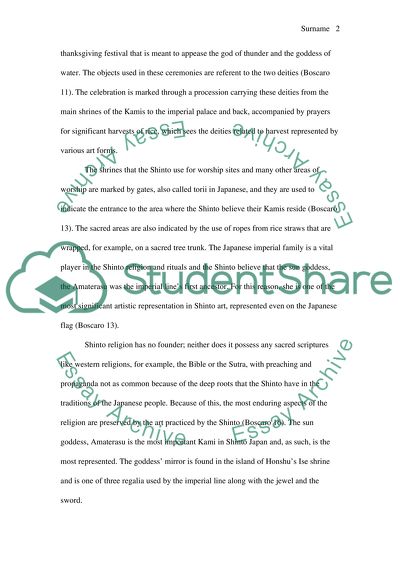Cite this document
(“Visual Arts of Japan-Shinto Art Term Paper Example | Topics and Well Written Essays - 1250 words”, n.d.)
Visual Arts of Japan-Shinto Art Term Paper Example | Topics and Well Written Essays - 1250 words. Retrieved from https://studentshare.org/visual-arts-film-studies/1463461-visual-arts-of-japan-shinto-art
Visual Arts of Japan-Shinto Art Term Paper Example | Topics and Well Written Essays - 1250 words. Retrieved from https://studentshare.org/visual-arts-film-studies/1463461-visual-arts-of-japan-shinto-art
(Visual Arts of Japan-Shinto Art Term Paper Example | Topics and Well Written Essays - 1250 Words)
Visual Arts of Japan-Shinto Art Term Paper Example | Topics and Well Written Essays - 1250 Words. https://studentshare.org/visual-arts-film-studies/1463461-visual-arts-of-japan-shinto-art.
Visual Arts of Japan-Shinto Art Term Paper Example | Topics and Well Written Essays - 1250 Words. https://studentshare.org/visual-arts-film-studies/1463461-visual-arts-of-japan-shinto-art.
“Visual Arts of Japan-Shinto Art Term Paper Example | Topics and Well Written Essays - 1250 Words”, n.d. https://studentshare.org/visual-arts-film-studies/1463461-visual-arts-of-japan-shinto-art.


